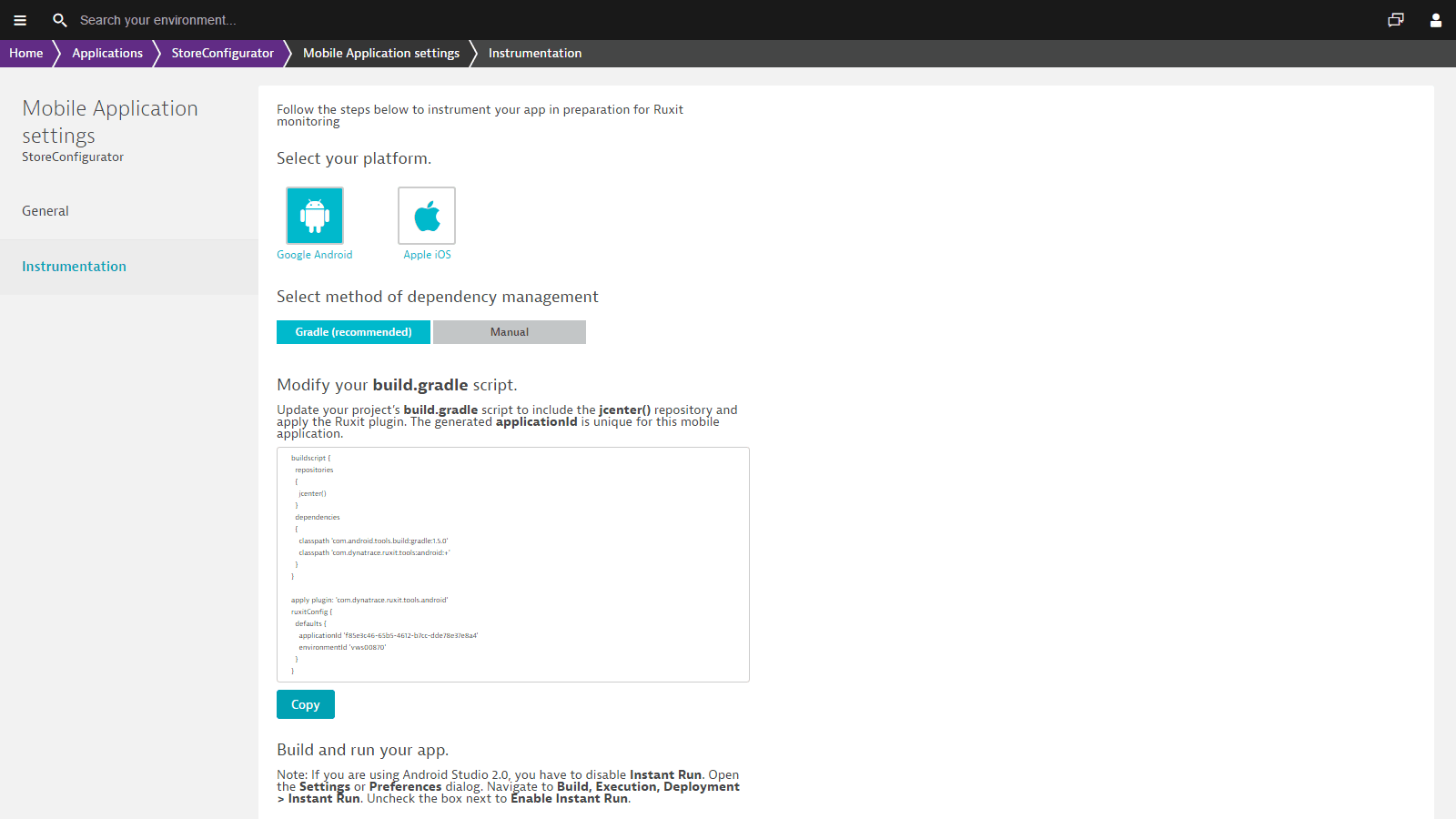
Then open Advanced tab > Environment Variables and add a new system variable JAVA_HOME that points to your JDK folder, for example C:\Program Files\Java\jdk1.7.0_21. Select Start menu > Computer > System Properties > Advanced System Properties.

If you encounter this problem, you need to set an environment variable indicating the correct location. “On some Windows systems, the launcher script does not find where Java is installed. My initial Windows version included Beta v0.8.6. Download the Android Software Development Kit here: The page will detect whether you are using the Windows or Mac OS and present the correct download button. Differences between the two OSs are prefaced in boldface with Windows: and Mac.Īndroid platform I. The steps below chronicles the setup of the above stock Cordova build on Windows and Mac machines. So although we are using Android Studio Beta, Cordova is still wedded to Eclipse for some tasks.) (When I followed the above steps in the Mac, an error was thrown in the last step above, telling me I need “android-17.” I had to run “android” to open the Eclipse SDK and download those packages. These instructions are for a new project that hasn’t been opened in Eclipse. It assumes you are already familiar with uploading apps to Google Play (if not, read here for a fuller account of app creation, and add the extra steps as necessary, such as debugging, icons and splash screens: ).ĪS has instructions for migrating an Eclipse project to AS here: This article does not follow these steps. This article assumes that you will use the default Cordova Android HelloCordova project for the Android platform. Steps you see in this article may not be relevant in later versions. These steps track the install and setup of Android Studio down to outputting a signed apk for Google Play upload. We’ll need to learn it sooner or later, so why not now? Here are my notes as I set up the environment and discover the path to creating an apk.


It’s my impression that Android Studio Beta (AS) is Google’s new SDK to replace Eclipse. It’s apparent that Android Development Tools for Eclipse is going the way of the dodo and will no longer be updated as vigorously.

I installed Android Studio Beta to see how it currently stacks up against Eclipse.


 0 kommentar(er)
0 kommentar(er)
